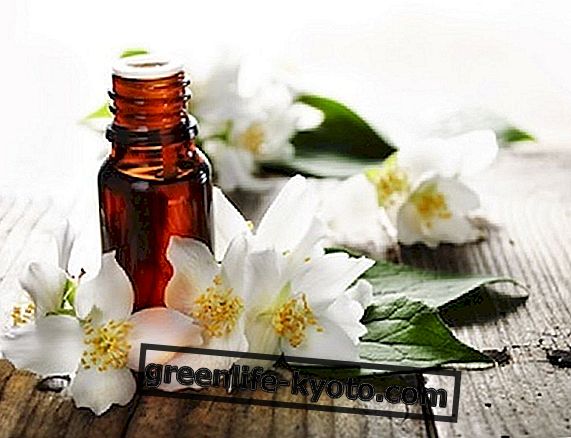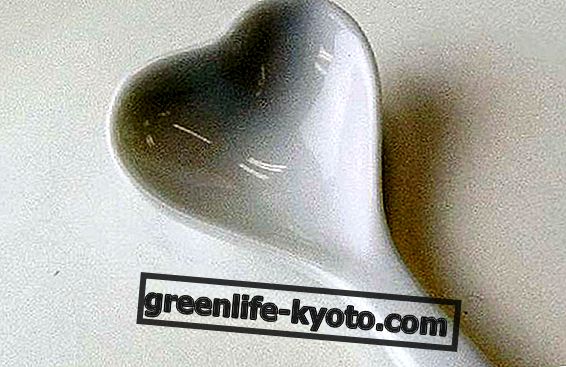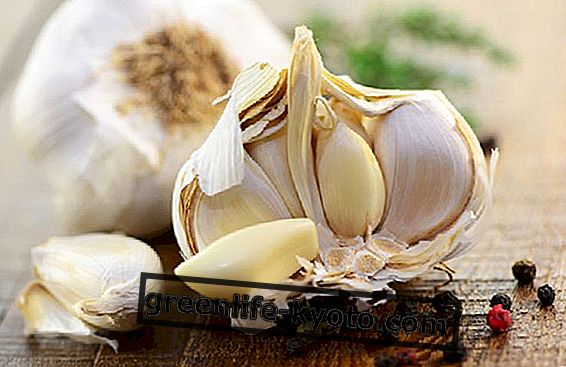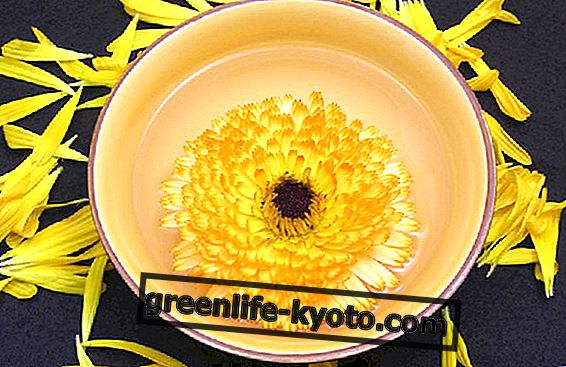
Soy: what it is and how it is produced
Soy is the legume that, for the same weight, contains more protein.
Soy has always been used both in the East and in the West but, while in Asia its food use dates back to very ancient cultures, in Western countries soy has come and exploded only since the 60s.
Before its use was considered the prerogative of the industry responsible for the production of animal feed and fodder.
Soy has entered the western market thanks to its food qualities : it is a very versatile food with nutritional properties beneficial to the body. Over the years, it has been shown how soy is a precious food for everyone's health, from omnivores to vegans.
In addition to proteins, it contains phytoestrogens, phytosterols and saponins: therefore beneficial for the reproductive system, especially for women's health, for the health of the heart and the vascular system, as it counteracts the effects of cholesterol.
Following these studies the use of soy has increased and, consequently, the demand on the market of the same has increased. Finally, soy is a very versatile food, used as an additional ingredient in many preparations, some of which are unsuspected. On many labels the words "may contain traces of soy" can be found.
There are many soy-based products : vegetarian and vegan food drew heavily on it, considering soy a tasty food and, due to its protein content, useful in a diet that excludes the consumption of meat and dairy products.
Soy is used to make vegetable "cheese", milk, which currently should be called water, since milk has only the appearance, sauces and preparations such as tempeh, miso, tamari, tofu. Furthermore, soy is often an added ingredient of vegan and vegetarian preparations such as vegetable burgher and meat vegetable substitutes.
GMO soy: a danger for vegetarians, but not only
To respond to the ever-growing demand for soy, the agri-food industry has developed varieties of soy that are resistant to fungi and parasites: in this way production has been maximized.
However, it has been proven that GMOs (ie genetically modified organisms) are harmful to health .
Although the rules governing the production of soya have, over the years, become increasingly refined and a large number of producers have become aware, especially in the West, GMO soy can still reach our tables.
To defend oneself and exclude GMO soybeans from one's diet, good information and a lot of attention is required : even absurdly, even soybean trivially labeled as organic could, if of origin of one of the countries not included in the international protocols that exclude its cultivation and use, as well as export, could be GMOs.
Soy, to date, is used both for the fodder of animals that produce meat and milk, and for the preparation of foods that arrive directly on the table of most of the population, even when soy is not the main ingredient.
When GMO soy is used for feed, its nutrients are transformed and pass directly into the meat and milk of animals: this means that GM soy is not only a risk for vegetarians who are apparently the biggest consumers.
Reading the label of what you buy well and finding out where the ingredients come from is important to protect your health and make an informed choice: from today it is possible to check that soy is produced and grown in the countries that signed the recent “European Declaration on soybeans and legumes "(July 2017, Brussels), as well as information on the production chain of soy derivatives, and feed supplied by farms.













